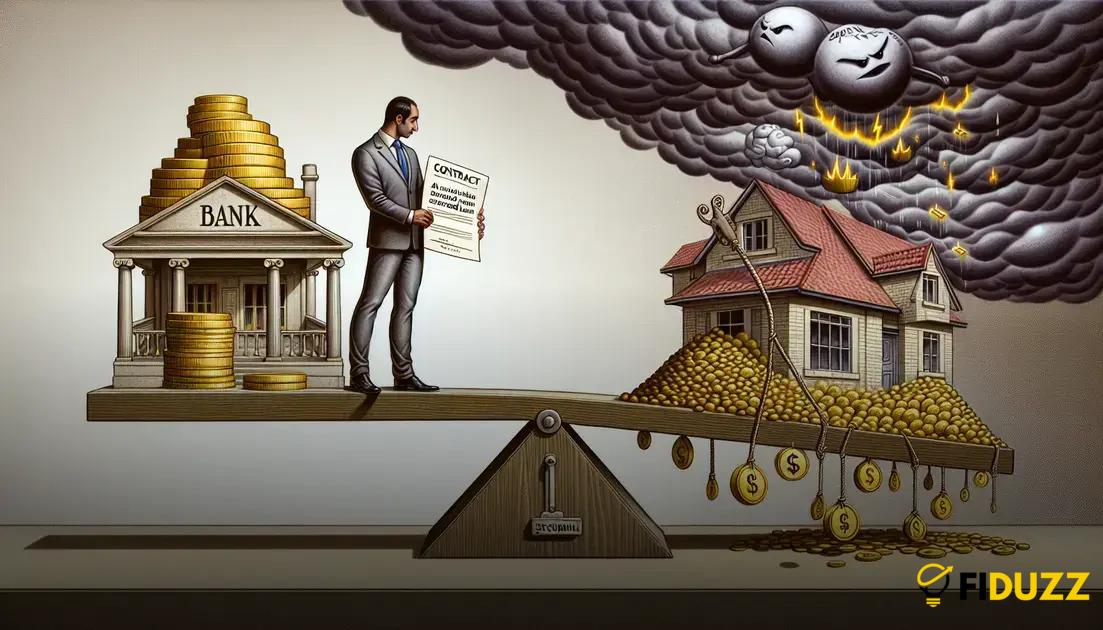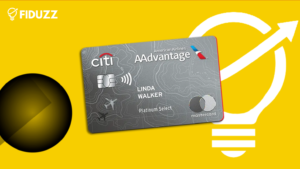Secured loans are a popular choice for individuals looking for a reliable financing option. They require collateral, which can make them a safer bet for both lenders and borrowers. Whether you’re considering a secured loan to consolidate debt, make a large purchase, or improve your credit score, understanding how they work is essential. Read on to explore their benefits, application process, and how they compare to unsecured loans.
What are secured loans?
Secured loans are loans that are backed by an asset or collateral. This means that borrowers need to pledge something of value to secure the loan. Common types of secured loans include mortgages, car loans, and home equity loans. The primary purpose of requiring collateral is to reduce the risk for the lender, which often results in lower interest rates for the borrower.
When taking out a secured loan, the asset pledged could be seized by the lender if the borrower fails to repay the loan. This collateral gives the lender security and assurance that the loan will be repaid one way or another. Because of this security, lenders are more willing to offer lower interest rates and more favorable terms compared to unsecured loans.
Secured loans are typically easier to qualify for compared to unsecured loans because the risk to the lender is mitigated by the pledged collateral. Borrowers with less-than-perfect credit can often get approved for a secured loan, which might be difficult with an unsecured loan.
It is important to fully understand the terms of a secured loan before applying. Knowing what assets are accepted as collateral and what happens in case of default are crucial for making an informed decision. This ensures that the borrower is prepared and aware of the potential risks involved.
Benefits of secured loans

Secured loans offer several advantages that make them an appealing option for borrowers. One of the primary benefits is the lower interest rates compared to unsecured loans. Because lenders have collateral to back up the loan, the risk is reduced, allowing them to charge a lower interest rate.
Another significant advantage is the higher borrowing limits. Since the loan is secured by an asset, lenders are more willing to offer larger amounts, which can be beneficial for big expenses such as home renovations or consolidating large debts.
Moreover, longer repayment terms are often available for secured loans. This can lead to more manageable monthly payments, easing the financial burden for the borrower. The ability to spread payments over a longer period can improve cash flow and financial stability.
Secured loans can also help improve your credit score if managed properly. Timely repayments will reflect positively on your credit report, indicating reliability to future lenders and potentially opening up more borrowing opportunities at better terms.
In addition, certain types of secured loans, such as home equity loans, may offer tax benefits. Interest paid on these loans can sometimes be tax-deductible, providing further financial relief.
How to apply for a secured loan
First, identify the type of collateral you can use to secure the loan. Common types of collateral include real estate, vehicles, savings accounts, or other valuable assets. Ensure the chosen collateral meets the lender’s requirements.
Next, research different lenders and compare their interest rates, loan terms, and eligibility criteria. Look for lenders that offer favorable terms for secured loans, and take note of any additional fees or charges.
Once you’ve selected a lender, gather all necessary documentation. This typically includes proof of income, identification, information about the collateral, and your credit history. Having these documents ready can speed up the application process.
Proceed to fill out the loan application, which can usually be done online or at a physical branch. Accurately complete all sections, providing detailed information about the collateral and your financial situation. Submit any requested documentation alongside the application.
The lender will then assess your application and the value of your collateral. This may involve a credit check and an appraisal of the collateral. Be prepared for any follow-up questions or requests for additional information.
After evaluation, if your loan is approved, carefully review the loan agreement. Pay attention to the interest rate, repayment schedule, and any penalty clauses. Once you understand and agree to the terms, sign the contract to finalize the loan.
Receive the loan funds and begin adhering to the repayment plan as agreed. Timely payments will help you build a positive payment history and can improve your credit score over time.
Risks associated with secured loans

Debt Accumulation: One of the primary risks tied to secured loans involves the potential for debt accumulation. If the borrower struggles to manage their loan repayments, it can lead to a cycle of debt that’s difficult to escape.
Property Repossession: Since secured loans are backed by collateral, failure to repay the loan can result in losing that collateral. This could mean losing your home, car, or other valuable assets.
Credit Score Impact: Late or missed payments on a secured loan can harm your credit score significantly. This can affect your ability to obtain credit in the future.
Market Value Fluctuations: The market value of the collateral can change. If it decreases, you might owe more than the collateral’s worth, which can be financially destabilizing.
Interest Rate Changes
Depending on the terms of the loan, interest rates might fluctuate. If interest rates rise, monthly repayments could become more expensive, putting a strain on your budget.
Over-borrowing: Having access to a secured loan might tempt some to borrow more than they can realistically afford to repay. This can lead to financial instability and further debt issues.
Secured Loans vs unsecured loans
When comparing secured loans and unsecured loans, it’s essential to understand their key differences. A secured loan requires collateral, such as a house or car, which acts as a security for the lender. This collateral can make it easier to obtain a loan with better terms, including lower interest rates and higher borrowing limits. On the other hand, an unsecured loan doesn’t require any collateral. Due to the higher risk for lenders, these loans often come with higher interest rates and lower borrowing amounts. Borrowers with lower credit scores may also find it more difficult to qualify for unsecured loans compared to secured loans.
Secured loans can provide financial stability as they typically offer a more flexible repayment schedule and lower monthly payments. However, failing to repay a secured loan could result in the loss of the collateral. In contrast, unsecured loans do not have this collateral risk, but they do carry the risk of higher borrowing costs and stricter approval criteria.





